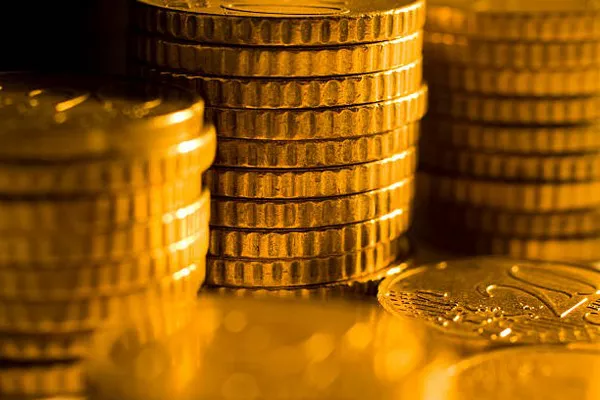Gold prices have momentarily paused their relentless ascent, with recent trading showing a brief dip before recovery. Traders and investors are now on edge, waiting for the next catalyst that could push gold to new highs.
During early trading sessions, December gold futures fell to an intraday low of $2,504.40. This decline was short-lived, however, as market players quickly seized the opportunity. By the afternoon, December futures had climbed back to $2,523.90, reflecting only a slight drop of 0.15% or $3.70 from the previous day.
This minor retreat in gold’s price is primarily linked to the strengthening of the US dollar. The dollar index saw a modest increase of 0.13%, reaching 101.776, which mirrored the gold’s slight decrease. It’s important to note that gold had recently achieved an all-time high of $2,560.30, making the recent dip a minor fluctuation in an overall upward trend.
The robust performance of gold this year is supported by several factors, suggesting potential for further gains. UBS precious metals strategist Joni Teves points to sustained central bank purchases, strong physical demand, ongoing macroeconomic uncertainties, and persistent geopolitical risks as key drivers. Although higher prices may pose challenges for gold imports and jewelry demand, the underlying interest in gold remains strong.
The Federal Reserve’s recent policy shifts have also impacted gold’s trajectory. Fed Chairman Jerome Powell’s remarks at Jackson Hole emphasized a shift towards prioritizing employment within the central bank’s dual mandate. With inflation expected to hit the 2% target next year, focus is now shifting to potential labor market weaknesses.
This shift has increased anticipation for the forthcoming non-farm payrolls report. Analysts predict a growth of 165,000 jobs in the US economy, with particular scrutiny on the unemployment rate, which stood at 4.3% last month. A higher-than-expected unemployment rate could benefit gold by raising the likelihood of a more aggressive 50 basis point rate cut by the Federal Reserve in September.
Currently, the CME’s FedWatch tool projects a 100% chance of a rate cut in September, with a 63% probability of a 25-basis point reduction and a 37% chance of a more significant 50-basis point cut.


